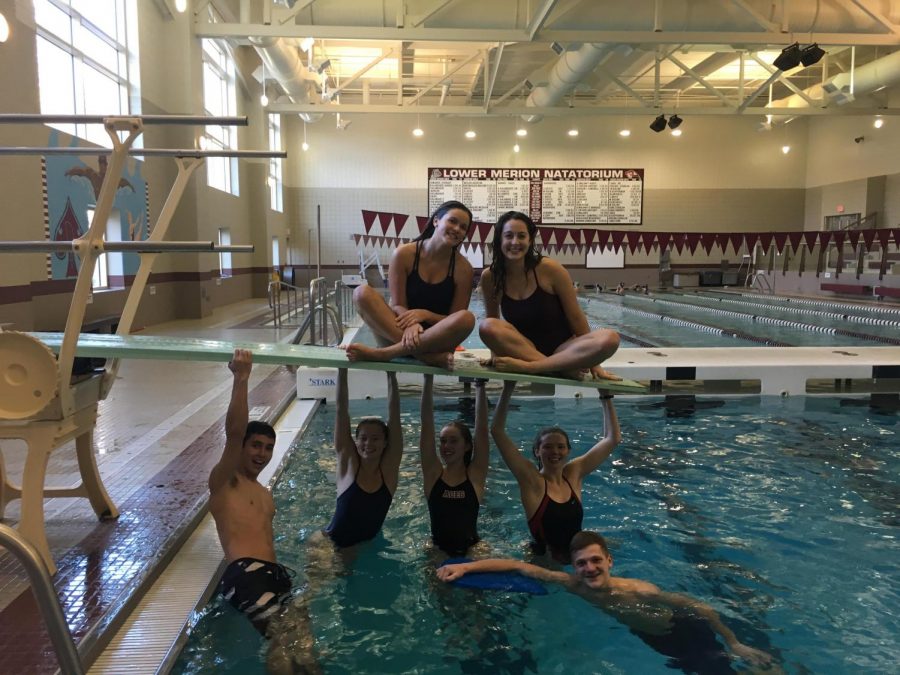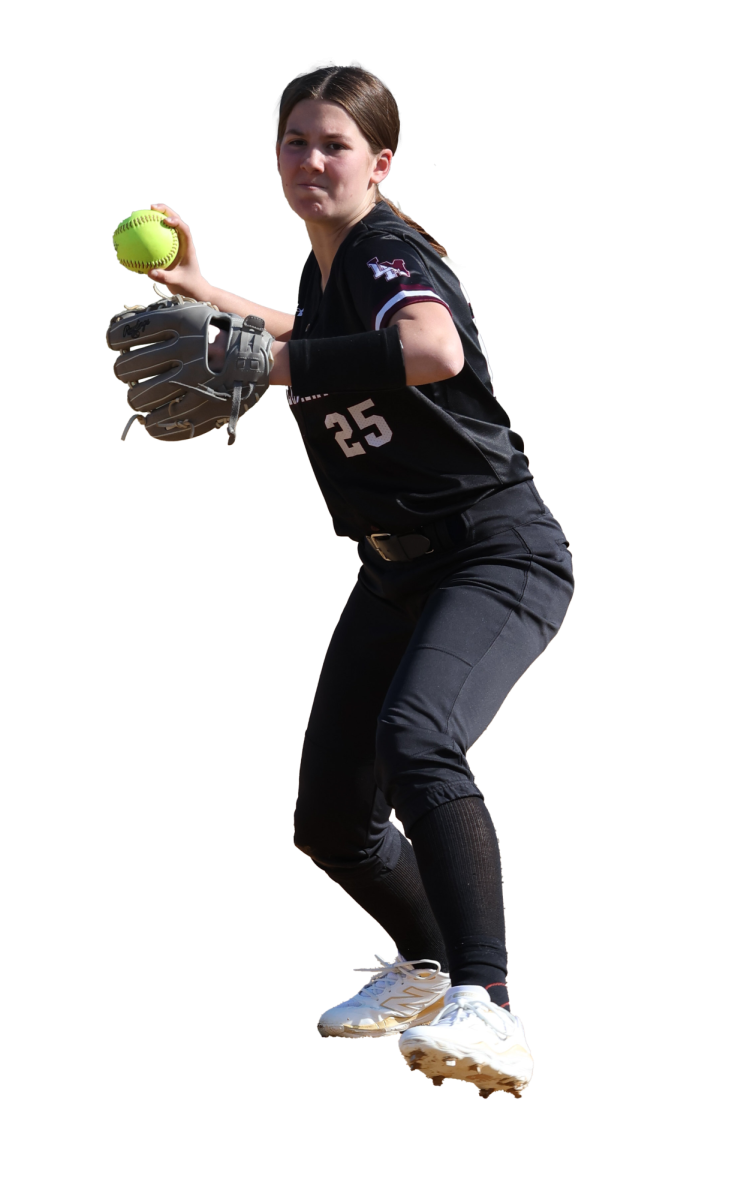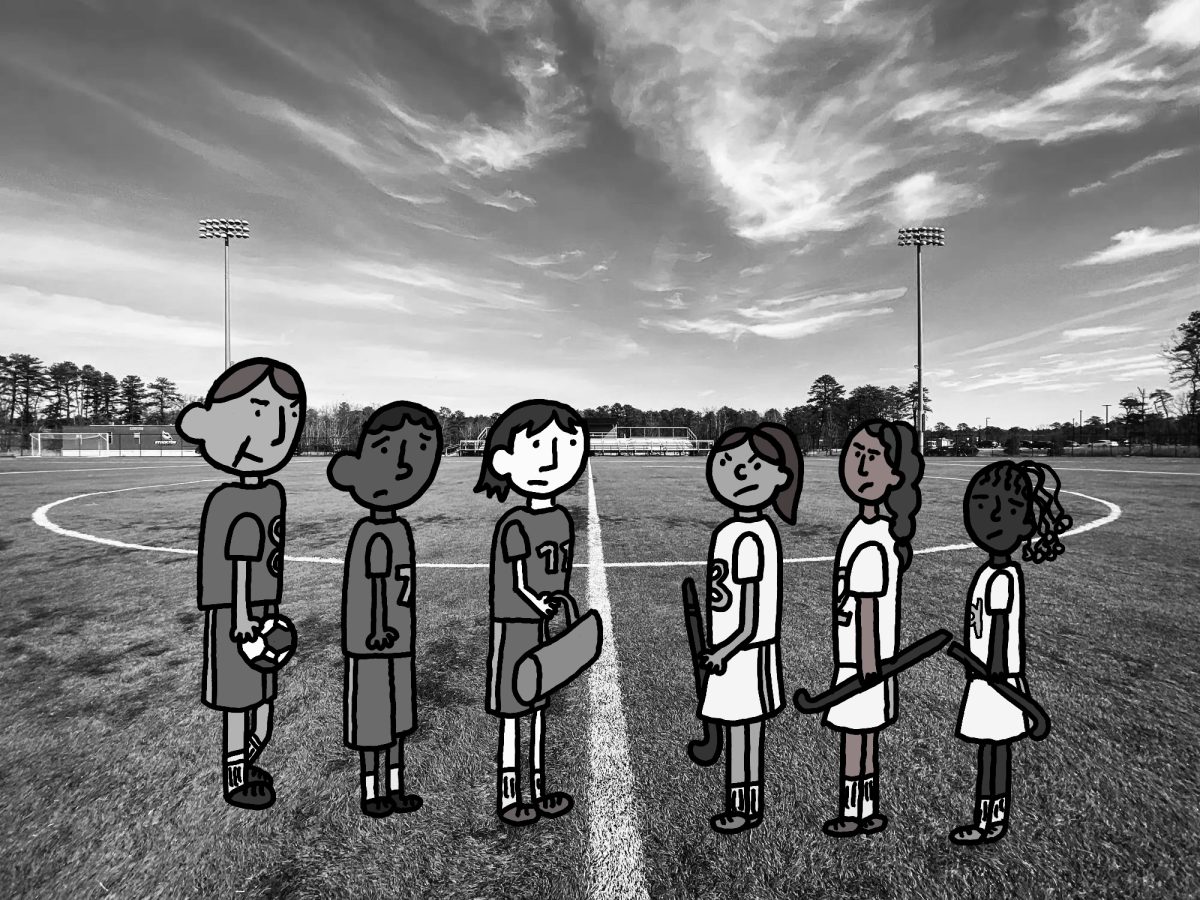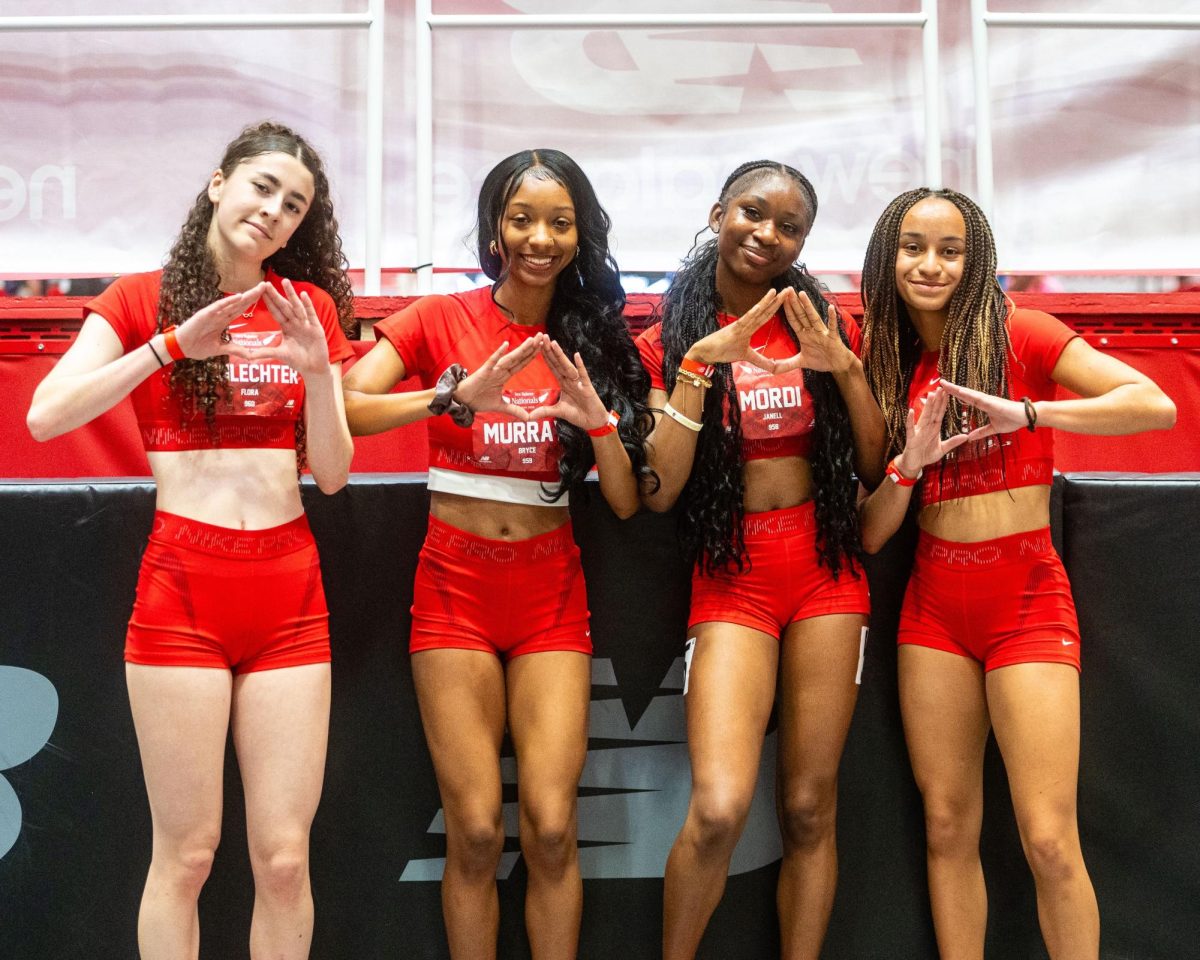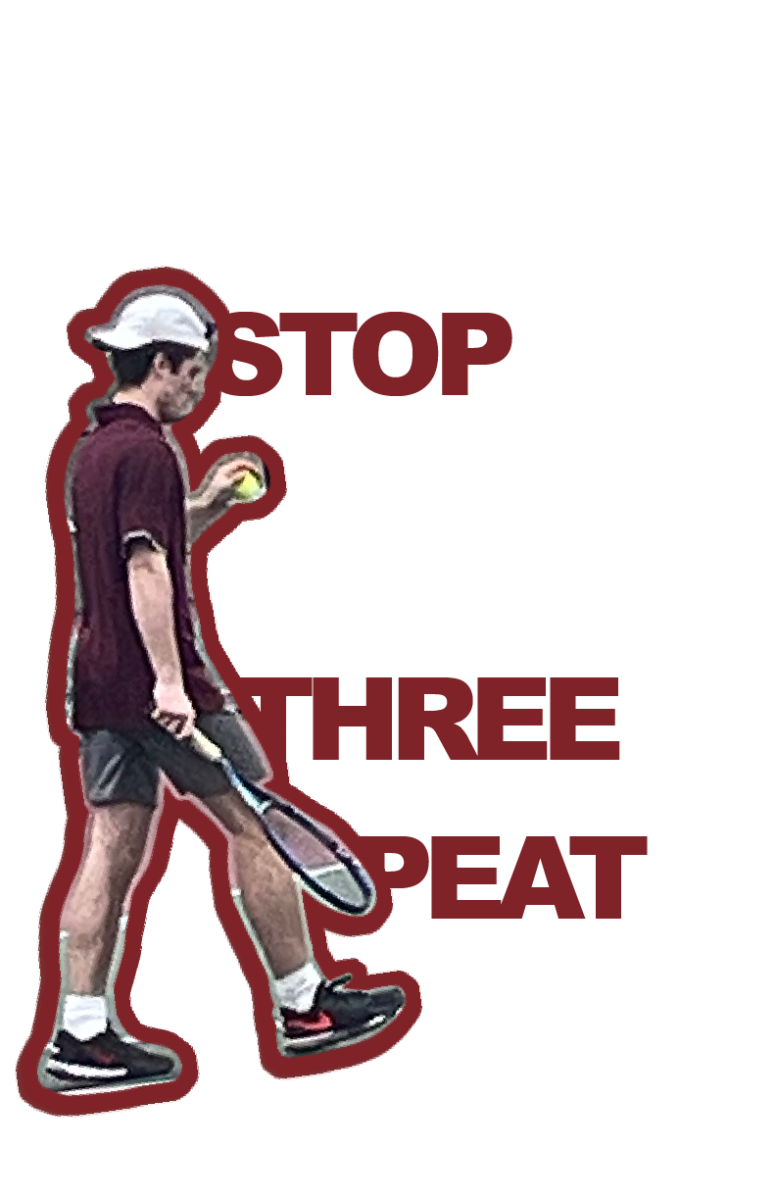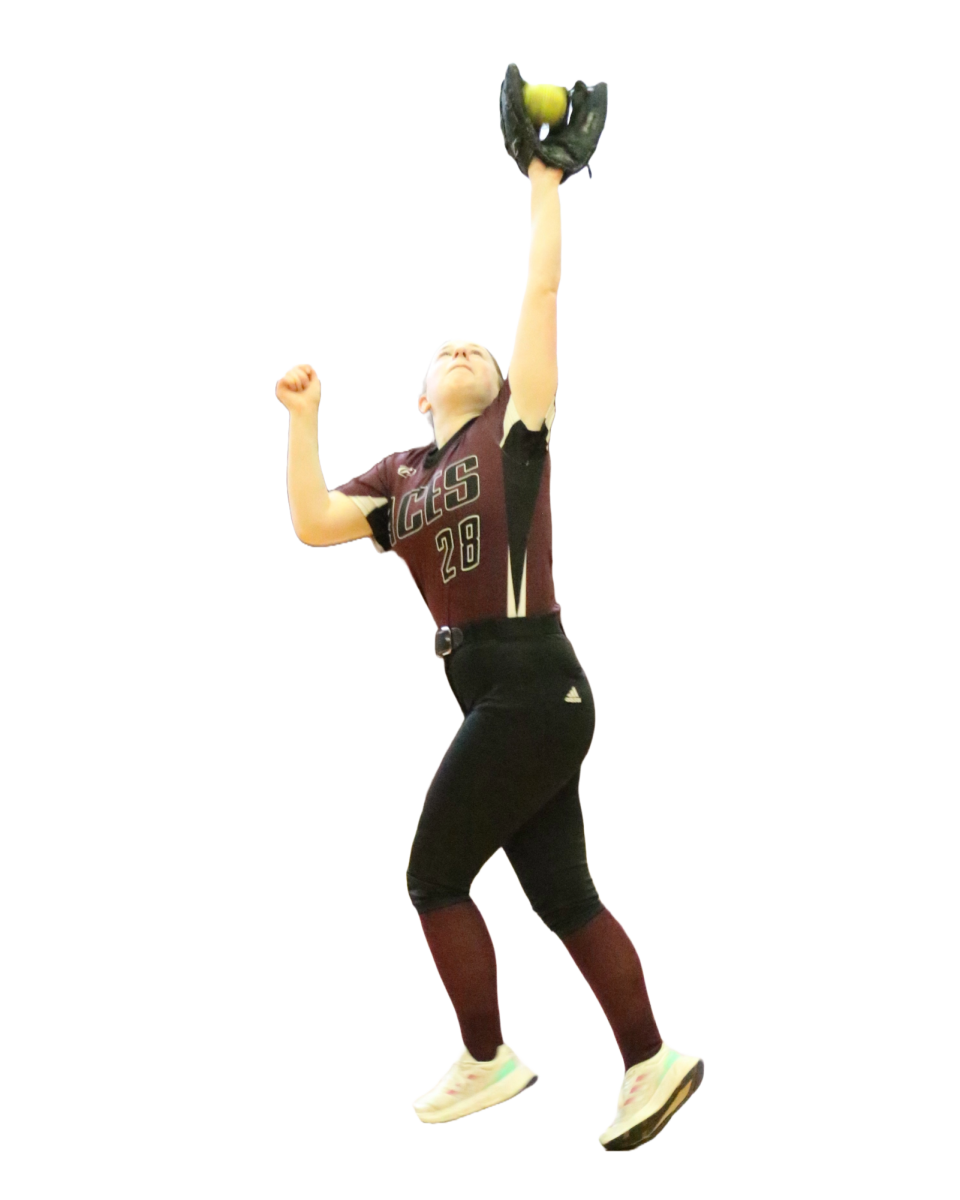The winter sports season usually has LM students thrilled to see what their teams can do around this time of year. Due to the COVID-19 pandemic, it seemed as if a 2021 campaign might not be compatible with Pennsylvania’s health and safety protocols. Governor Wolf placed a temporary ban on all sports from Kindergarten through twelfth grade, leading to many pessimistic thoughts of a suspended season. However, due to plateauing positivity rates around Pennsylvania, a return to winter sports was permitted on January 4 with both athletic and medical restrictions in place. Although teams will miss hosting big crowds of screaming fans, athletes and coaches are grateful for their opportunity to participate in a season at all.
The cold Pennsylvania winter and lack of favorable outdoor conditions make practicing outside an illogical or impossible option for most winter sports. Indoor training and competition is not as simple a solution as it may seem, as the state issued a mandate that only ten percent occupancy be permitted in indoor venues with a capacity of up to 2,000 people and an occupancy of five percent at venues with a capacity greater than 2,000 people, with masks required in any venue at all times. While ten percent of a venue may seem sufficient for two teams to play a game against one another, tournaments and other showcases that many athletes rely on to display their skills are nearly impossible with restrictions. Although some sports are able to operate smoothly with only two teams in one facility at once, these limits have led more tournament-dependent teams to forego the interscholastic aspect of their seasons. Winter track coach David VanHouten notes that cancellation of competition was required, as, “indoor track meets are typically congested and crowded affairs.”
In addition to occupancy restrictions, travel limitations further confine the amount of options available for sports teams to play. Most competition has to remain within leagues such as the Central League, which VanHouten deems too difficult an obstacle to overcome. “It isn’t possible to limit our competitive opportunities to Central League teams only since we don’t have a dedicated indoor facility for meets,” he adds. It is possible to go to another state to play in a tournament, but a negative COVID-19 test of each athlete is required within at least 72 hours of arrival in the commonwealth. Indoor restrictions on occupancy also make it increasingly difficult for teams at LM to practice. A decrease in the maximum occupancy of the gymnasium means fewer players can practice in the gym at the same time, ultimately resulting in less practices for teams as a whole. Each training session is even more valuable than usual as a result of this limited availability, so the infrequency of these practices is far from ideal for competitive teams.
To accommodate teams with difficulty finding practice time, the Board of Directors for the PIAA amended the requirements for teams to compete. Normally, the state requires a minimum of fifteen practices for each team to begin playing other schools. The Board revised this rule to only ten practices before competition to allow for an immediate start to the season. If a team had fulfilled a full preseason prior to the ban of K-12 sports back in December, they only needed to complete a minimum of four preseason practices before challenging opponents. Otherwise, the requirement is shifted to a total combination of ten preseason practices (e.g. three in December and seven in January or zero at the end of last year and all ten in January). The main reason behind this decision was to even out the time that all schools begin competing to limit any conflicting schedules. These restrictions are only in place for this season and will revert to the normal requirements in any following year.


